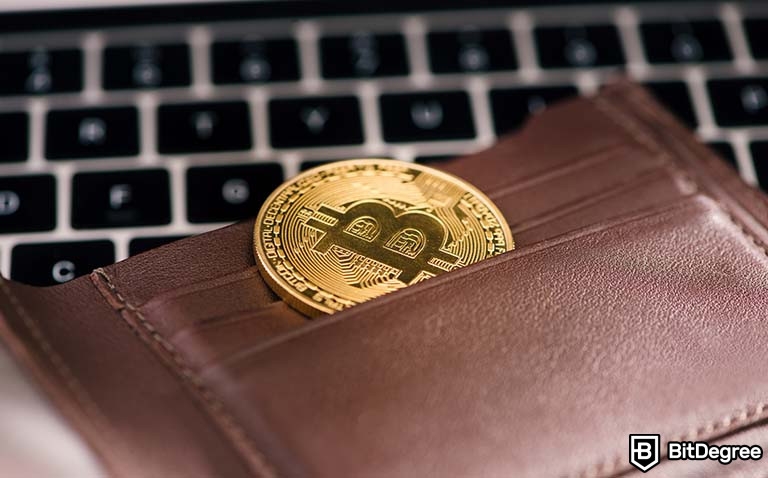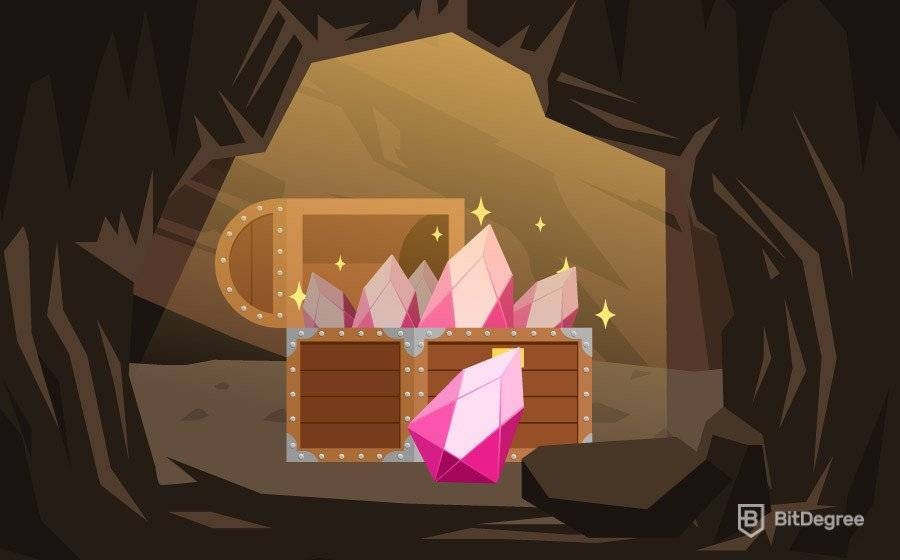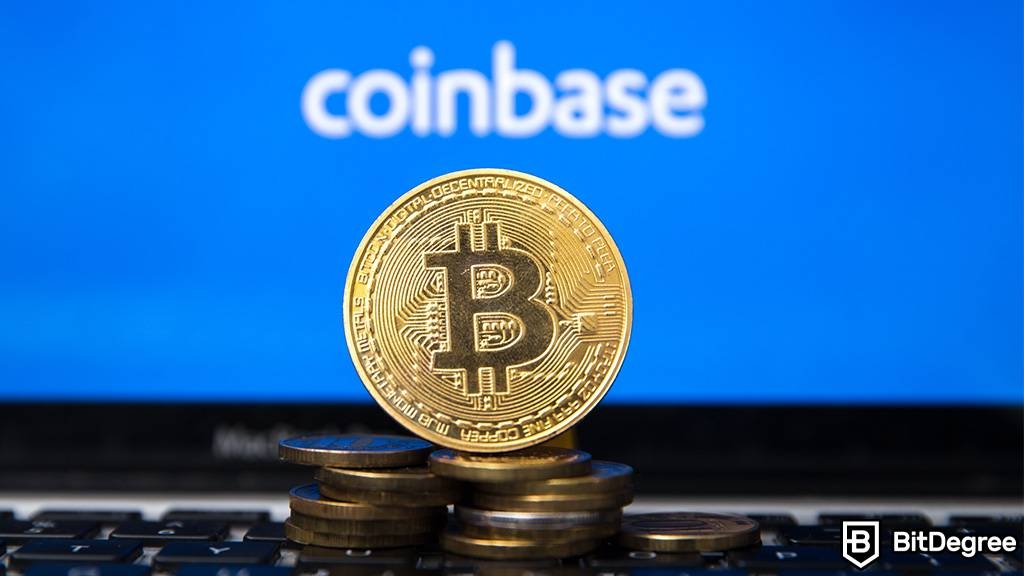
If you plan on trading cryptocurrencies, there’s a pretty wide array of different trading strategies that you could use. Eventually, you’re bound to come across questions such as “what is wash trading crypto?” online, on various crypto-related forums. While this is, admittedly, a crypto trading “strategy”, it’s actually one that you’ll want to avoid, at all cost.
Indeed - wash trading isn’t only complicated and confusing, but also completely illegal. It’s a very specific crypto trading method that aims to trick other investors into believing that a specific cryptocurrency is more popular than it really is, and thus, them buying it at an inflated price.
I’m getting a bit ahead of myself, though. If you’re new to crypto trading, in general, chances are that the terminology can come off as being rather over-encumbering. Thus, let’s first establish some common grounds, and then discuss the phenomenon in question, wash trading crypto taxes, and everything in between.

Did you know?
Want to get smarter & wealthier with crypto?
Subscribe - We publish new crypto explainer videos every week!
Blockchain Transaction Easily Explained! (Animated)


Table of Contents
What is Wash Trading in Crypto?
First things first - let’s establish what is wash trading in crypto.
Latest Binance Coupon Found:
CLAIM $600 BONUS
Exclusive $600 Binance Offer
Don't miss this limited-time deal that's only available for our readers. Follow the Binance referral code link & receive up to $600 in rewards and bonuses!
Wash trading is a pretty old concept, and one that spans multiple financial markets, as well. It originated in the stock market, sometime around the early 1900s. The way that it’s used within the cryptocurrency industry is actually kind of the same of how it works with stocks, as well.
Wash trading refers to the phenomenon of a trader buying and selling some sort of a security in rapid succession, with the intention of artificially boosting the price of the asset, and tricking other investors by doing so. “Intention” is actually a really important term here - remember it; we’ll come back to why that’s the case a bit later on in the tutorial.
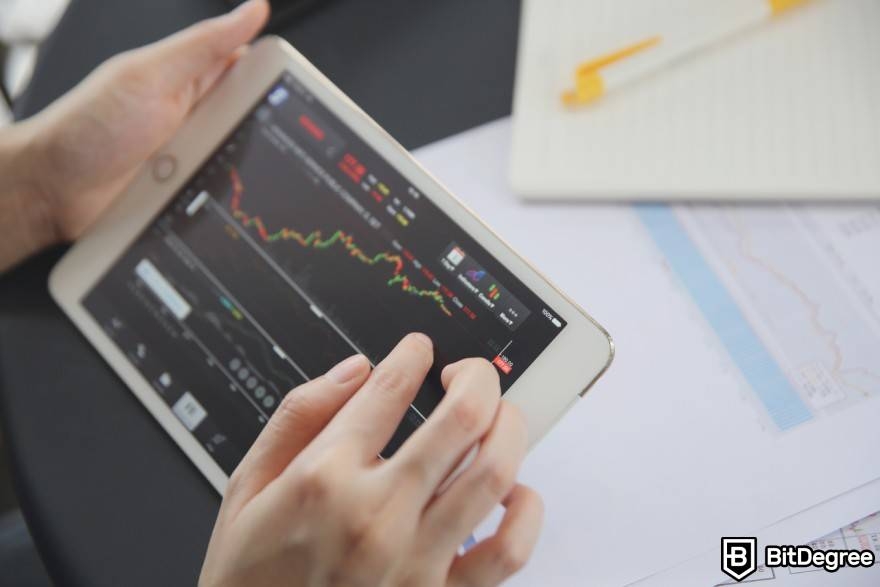
Wash trading can be done by a single investor, a group of traders, or even traders and brokerage platforms, working together. Granted that some exchanges participate in wash trading, this makes trusting crypto trading platforms quite difficult, and in return, proper research needs to be done, at all times.
Now, as mentioned at the beginning of the article, whether it be Bitcoin wash trading, or any other crypto asset on the market, the phenomenon is completely illegal. On top of that, in the United States, the IRS (Internal Revenue Service - the authority responsible for tax collection) doesn’t allow crypto traders to register their wash trading losses as tax deductions, at the end of the tax year.
To make all of that a bit simpler to wrap your head around, let’s look into an example of what crypto wash trading would look like:
Imagine that you’re a crypto enthusiast who’s willing to utilize some less-than-ethical means of making a profit. You start investigating how to wash trade crypto, and come up with a plan.
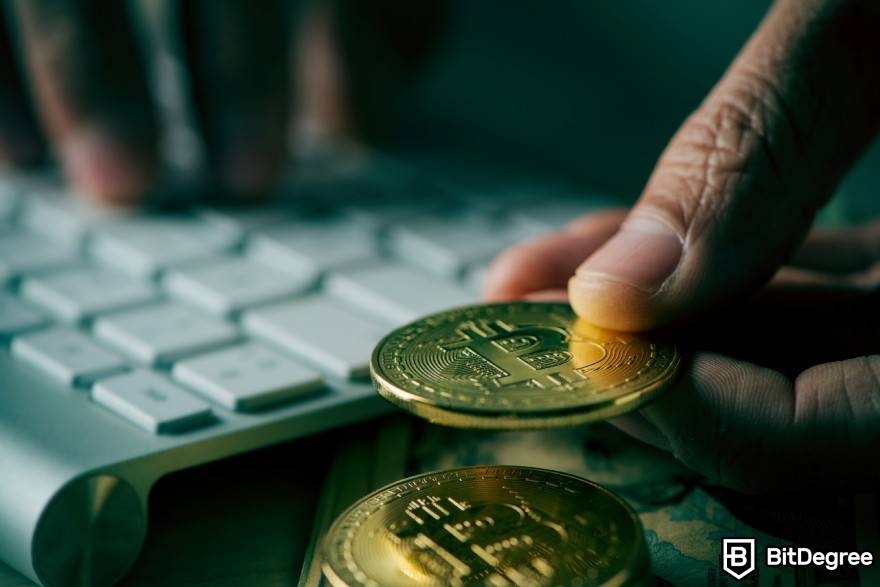
First, you pick some sort of a crypto coin or token - let’s call it X. You then start buying and selling this token in a super-quick manner - so fast, that the trades essentially cancel each other out. You don’t really mind whether or not you make a profit or a loss during these initial trades.
Now, another trader comes into the market, and what do they see? Well, if they were to look at the X token, they would notice that not only does it have some impressive volume numbers (it’s traded frequently, and thus, appears to be highly liquid), but it’s also growing in price, as well.
From this point of view, it would make the X token a theoretically perfect investment, even for a short-term trade. Little does this investor know, though, that the price of the asset is actually inflated by your trades - once the investor buys this token for the inflated price, you then sell your stash, and walk away with a profit.
Naturally, not only is this completely illegal, but it’s also something that is pretty simple to spot, if you know what you’re looking for. So, if you’re looking at how to wash trade crypto, forget about it - this would make you a criminal, and repercussions would likely follow soon!
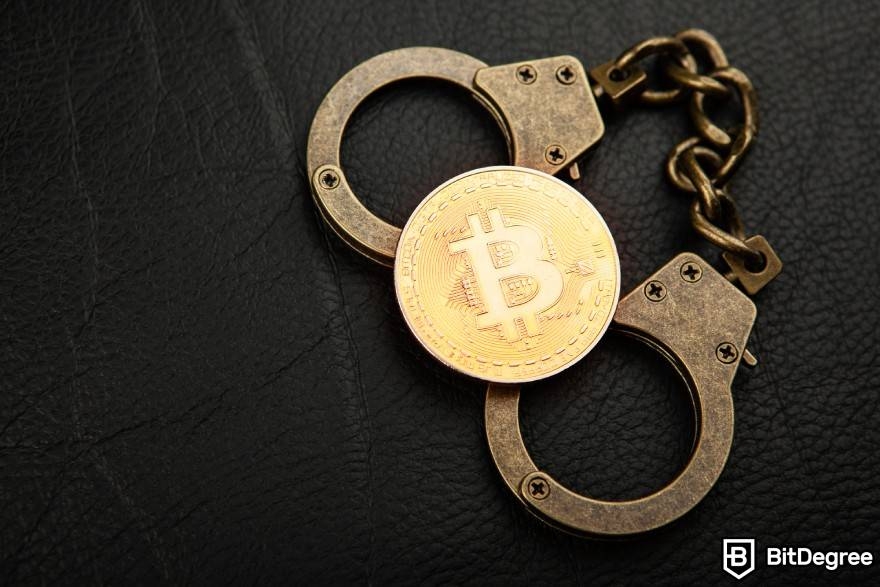
The above example, however, showcases a pretty basic situation of what is wash trading in crypto. There are variations, though, and the most common one is when the crypto broker joins in on the scam.
Some cryptocurrency brokers and exchange platforms could be working with specific investors, and helping them wash trade some select cryptocurrencies. While that may sound pretty surreal, keep in mind that there are many different investors on the market - while some of them are retail, others are high-profile names with a lot of backing behind them! Sometimes, this can result in under-the-table deals and - you’ve guessed it! - wash trading.
How Wash Trading Works
Now that you have some sort of a general idea of what is wash trading in crypto, it’s important to take a bit of a deeper look into the mechanics of this crypto trading strategy, so that you would also be able to spot it yourself, and hopefully, not fall prey to a wash-traded crypto coin or token.
As I’ve hinted at earlier in the article, one of the core aspects that wash traders target is the trading volume of the specific security. Many professional traders, when they’re looking for a potential-possessing investment opportunity, pay a huge amount of attention to just that!
Whether it be daily or monthly trading volume, this metric is essentially a popularity index for the asset. As you figure out what is wash trading crypto, you should also be able to understand that, the bigger the volume of an asset, the easier it will be for potential investors to trade it fast, if they so wish to.
At least, that’s the case when things are fair and clear. Wash trading crypto is exactly that which can obscure the entire process.

Since wash traders buy and sell the asset very rapidly, this generates a fake trading volume. Essentially, instead of the cryptocurrency being traded fairly among multiple people, and being popular thanks to some legitimate reason, it’s now being traded by a single person.
Since all of the trades happen on automated platforms (or, at least, ones that use automated processes to calculate things), whenever the trading volume of an asset increases, this will impact its price, too. If you’ve purchased a lot of the crypto that you’re now wash trading, beforehand, your bag of tokens will now be worth a lot more than its initial price.
The rest of the process is self-explanatory - other investors get tricked, purchase the asset at the inflated price, and as you dump your holdings into the market, this causes a price crash. Since the trading volume of the asset was mostly fake and generated by your trades, these other investors now can’t sell their tokens, either - there are no buyers who’d be interested in acquiring them!
Wash Trading and Crypto Taxes
Now, the main reason for why people risk and participate in crypto wash trading is rather obvious - they aim to make a potential profit, in as quick of a manner as possible, and without any ethical or legal considerations in mind.
That being said, there’s actually another reason for why someone might want to learn what is wash trading crypto - that of tax deductions.
I can tell you right off the bat - the following is a faulty assumption, and the legal system has checks in place to prevent this from happening. However, it’s still important to know how some traders think, and what leads to wash trading activities.

During wash trading, you may accumulate a significant initial loss. This is, evidently, something that you’d plan and account for, since you’d be planning to sell your tokens later on, for a major expected profit. That being said, this artificial “loss” could also be used when it’s time to declare your taxes, too.
Depending on the tax laws in your country, losses made during the tax year could oftentimes be used as deductions from what you have to pay to the tax authorities. With that in mind, if you’ve managed to accumulate a lot of profits, and would have to pay a significant amount of money in the form of taxes, as a result, creating an artificial loss to reduce your taxes might sound very tempting.
With that being the case, once again - you can stop looking into how to wash trade crypto, if this is your goal, since it’s not going to work. Let’s take the IRS, as an example.
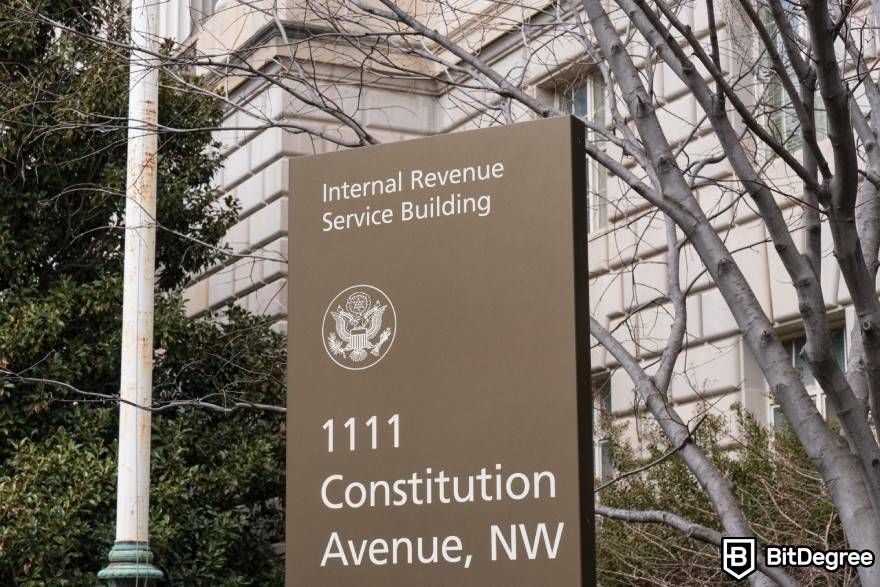
The institution has fail-safes in place, for these types of situations. The IRS will consider loss-netting asset sale events that have happened during the initial 30 days of acquiring the asset to be wash trading. On top of that, the wash-traded amounts will be discounted from your tax deductions - in other words, while you might initially get away with wash trading, you would still not be able to use the loss for reducing your taxes.
This is, once again, yet another reason for why learning what is wash trading in crypto so important. While wash trading crypto taxes might sound like a viable idea at first, once you study the concept in-depth, you will soon see that it’s actually a bad idea, no matter how you look at it.

- Can be managed from mobile device
- Very secure
- Supports more than 1500 cryptocurrencies

- Top-tier security
- DeFi app support
- Store over 5500 assets, install up to 100 apps simultaneously

- Top-notch security
- Touchscreen user interface
- Easy to set up
How are Misconceptions Avoided With Wash Trading?
Throughout this article, I’ve told you a few times already that crypto wash trading is very illegal, and will net you a lot of trouble. This, combined with studying what is wash trading in crypto, can result in a bit of an interesting situation - one where you start overanalyzing your trading patterns, and fearing that you might be doing something illegal.
Market making is one of the best examples of this. Specifically, how do institutions (crypto exchanges, tax authorities, etc.) differentiate between someone who’s participating in wash trading, and a person who’s simply market-making?
After all, on the surface, both processes look very similar - they involve rapidly buying and selling a select crypto asset, and transferring said assets to third-party platforms.
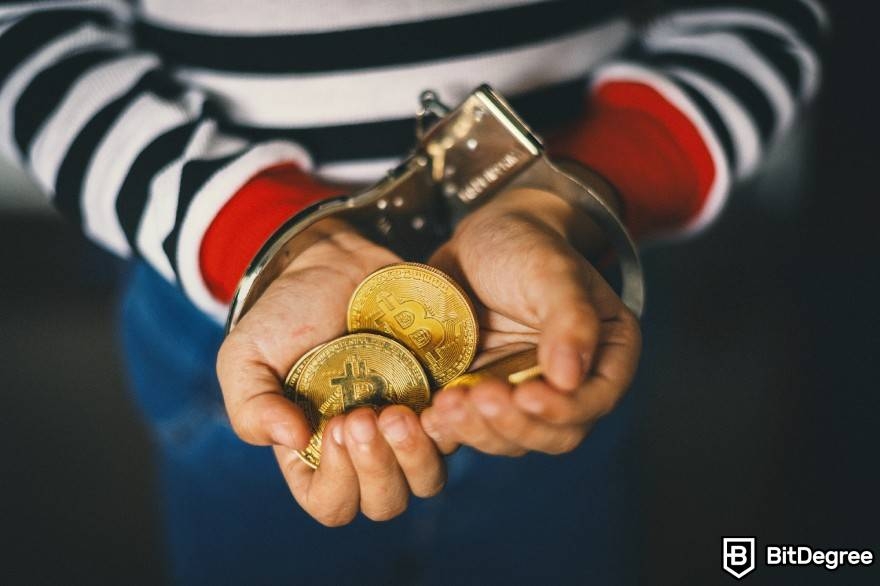
Well, remember when, earlier on in the “What is Wash Trading Crypto?” tutorial, I told you that intention would play a big factor in the entire process? Well, that’s your answer right there - it all depends on the intent of the trader.
Wash trading isn’t something that you could do “accidentally”. It can only happen if you’re *trying* to do it - it’s a systematic pattern that’s performed with a very specific intent, and that shows, immediately.
While market-making looks similar, process-wise, the intent is absolutely different. Market makers aim to balance out the market, and to manage liquidity within certain specific trading platforms. That’s quite the opposite of what wash traders try to do.
The exact same thing can be said about any other type of crypto trading strategies, as well. No matter how similar they might look on the surface level, it all boils down to intent, and the legalities surrounding the matter - if you’re not doing anything explicitly illegal, you shouldn’t worry about your trading patterns resembling those of a wash trader.
Wash Trading and NFTs
Now, with all of that being said, you should have a pretty good picture of what is wash trading in crypto, and how it all works, from all sides of the matter.
That being said, traditional cryptocurrencies (fungible coins and tokens) are just one side of the matter. There are also NFTs, as well - non-fungible token wash trading is actually much more common than you might believe, initially!
NFTs are wash traded a bit differently than other crypto assets - that makes sense, granted that these assets themselves are very different in how they work. With that, though, while you might now be educated on Bitcoin wash trading, let’s look into NFTs, and how to spot wash trading activities with these types of tokens.

First of all, why would someone wash-trade an NFT? Well, the reason is the exact same as with BTC, ETH, or any other crypto - to create an artificial sense of popularity and hype surrounding the project, and to make other investors believe that it’s worth purchasing this asset for a higher price.
Since NFTs are unique, they don’t really have the same type of “trading volume” as other crypto assets do. Instead, with non-fungible tokens, trading volumes are much, much lower than with other tokens, and in turn, they are usually quite easy to keep track of.
This is good news for anyone who’s worried about wash trading. At the same time, foul intent-possessing traders still find ways of how to hide their wash trading activities, at least initially.
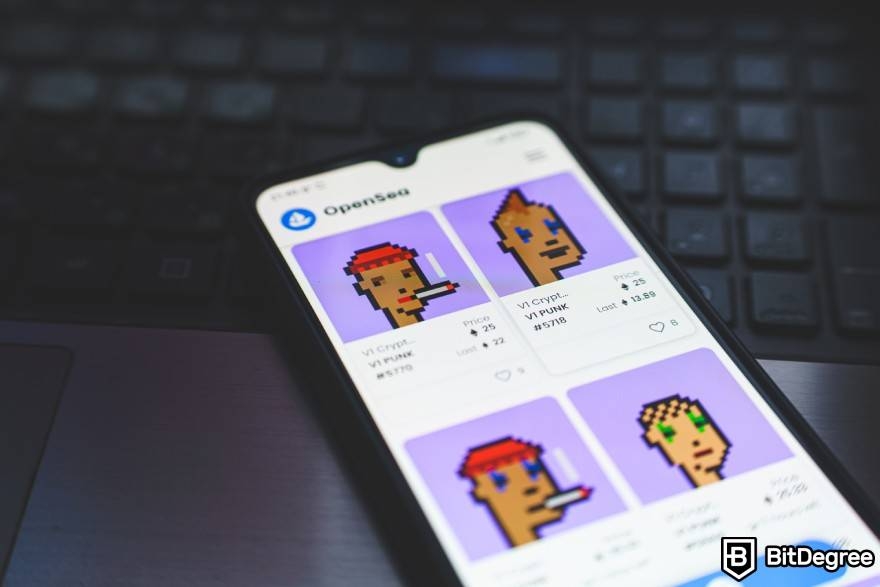
Imagine a situation like this: you come across an NFT project that’s been released only a few days ago, and the minting process has just finished. As you browse through the project, you spot a couple of NFTs that are priced way higher than the rest, while not being all that different, feature-wise.
Looking into it, you see that there have been dozens of sales of the same NFT, in the past 24 hours. It looks like the token would keep growing in value, and that it was swapped all around, having been owned by a large number of (seemingly different) individuals already.

So, is this wash trading in action? Well, not necessarily - it’s perfectly possible that some sort of a celebrity promoted the token, unbeknownst to you, and that people are now trying to buy it cheap, and sell it for a profit, while the hype is still there.
While that might be the case, it’s still important to make sure you’re careful whenever you see a situation like this happening within the market. Hopefully, that’s the one thing that you’ll take away from this tutorial of what is wash trading crypto - better to be safe and avoid sketchy situations, than find yourself “holding the bag”, and losing a lot of money!
How to Avoid Falling for Wash Trading?
Up to this point in the article, we’ve discussed both what is wash trading in crypto, as well as how this illegal activity works. On top of that, I’ve also touched on a few key points that you need to know in order to be able to identify a potential wash trading activity, and thus, avoid it.
This, however, is a topic that I’d like to expand on a bit further. Wash trading can cause some serious damage to one’s investment portfolio. It can be a serious problem, and thus, preventing yourself from falling into a wash trading-powered trap is crucial!
Now, then, let’s take a look at how you can identify potential crypto wash trading situations. We’ll start off with traditional cryptocurrencies (not NFTs).

The very first thing that you need to look into, when it comes to analyzing a specific crypto project, is the trading volume that the asset possesses. Naturally, many popular cryptos have huge trading volumes, on a wide range of exchange platforms - this doesn’t mean that they are all wash-traded!
That being said, you’ll need to employ a lot of common sense and critical thinking - are the coins and tokens really that popular to have such huge trading volumes? Are they old projects, or recently launched new platforms? Is there any mainstream news about these cryptos, or are they nowhere to be found, on the internet?
All of these criteria will help you create a pretty convincing mental image of just how popular a specific asset is, on a global scale. Following that, you will then be able to compare and contrast your conclusions with the numbers seen on screen - if they don’t add up, perhaps it’s worth looking into it even further.
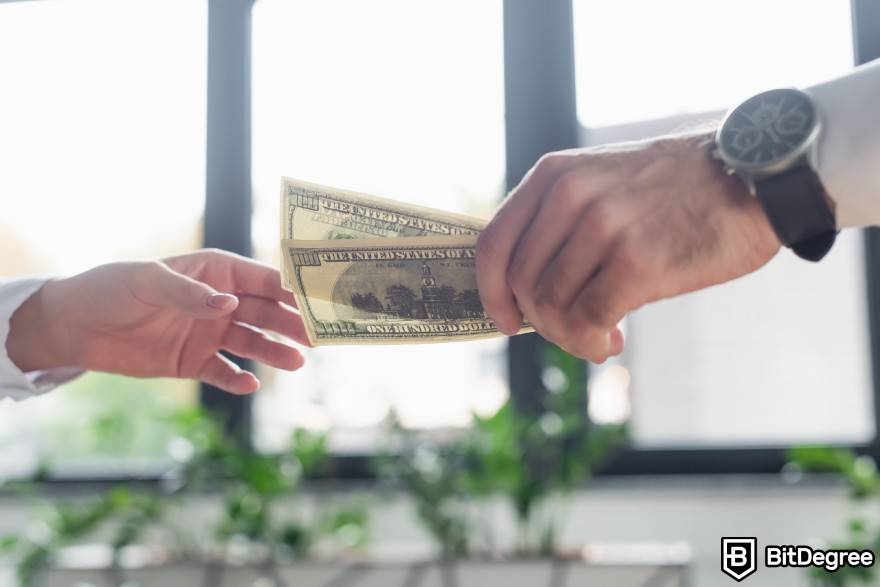
Next up, if you’re a bit more crypto-savvy, and know your way around blockchain explorers, you could take a look at how your project of choice looks on the blockchain. Specifically, how many wallets hold the most tokens, are there any odd mechanics with the platforms themselves, and if there are individuals who are constantly trading the underlying asset, at a rapid rate.
Of course, all of these techniques become a bit more complicated to utilize, when you’re dealing with a brand new token - this is further exacerbated if the market is currently bullish, and everyone’s speculating on any and all tokens to rise up in value.
In a situation like this, it’s pretty easy to get confused - is the token being wash traded, or are people simply betting on its success, and wanting to get in first? This confusion, however, would be present if you were to only look at things on the surface level.
While the high trading volume would likely be confusing, once you check out WHO is actually trading the token, it should all become clear, really fast. If there’s one or a couple of wallets that are constantly engaging in trades, without reaping any actual benefits from them, chances are that there’s something fishy going on.
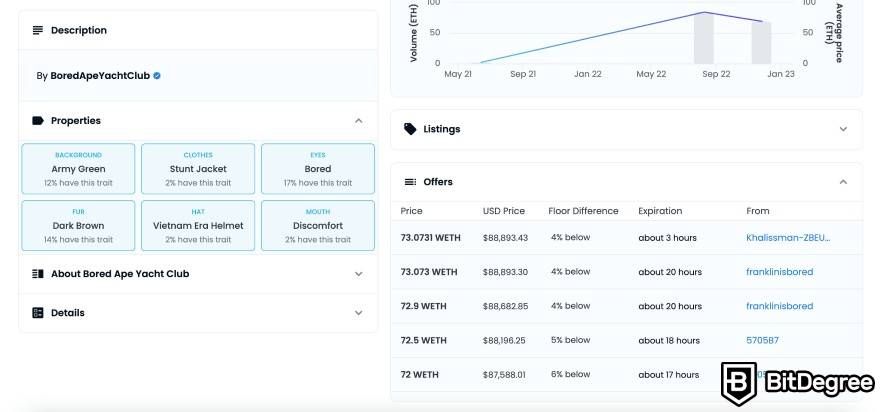
The situation is quite similar with NFTs, as well, albeit the actual inspection process is a bit easier and more straightforward. You can inspect the NFTs of your choice on the blockchain, sure, but platforms such as OpenSea (the largest NFT marketplace in the world) showcase the trading journey of the token right on their official website, on the NFT-specific landing page.
What you’ll want to look for is, for example, the same exact wallet trading the NFT multiple different times per day (sometimes - hundreds of times), without making some sort of a profit (or even losing money, as it does). Even if you’re not sure what is wash trading in crypto, projects that bring up that gut feeling are always better to be walked around - once again, better safe than sorry!
| BINANCE | KRAKEN | |
| A Comprehensive User Center that Displays All The Information You Need in One Place | - | |
|
Visit site
Read review |
Visit site
Read review |
|---|
Table: All of the main features of the Binance and Kraken cryptocurrency exchange platforms
Lastly, I do need to also mention the role that exchanges and brokerages play, in the entirety of the wash trading ordeal. As I’ve mentioned before, there are instances where crypto exchange platforms participate in the wash trading activities (or, at least, are “in on it”). As you can imagine, this gives the wash traders an extremely high and unfair advantage.
How can you avoid a situation like this, where everything’s rigged against you, straight from the start? Well, while no one is safe, and instances like these can happen with any high-profile exchange, your best bet is to utilize the services of some of the top-rated crypto exchange platforms.
If you’re curious and want to learn more, I highly recommend checking out our dedicated list of the best exchanges in the industry. Some notable names included within that list are Binance, Kraken, and KuCoin. All of these platforms have a proven track record of being both reliable, as well as keen on sorting any and all issues that customers may face - in other words, having a responsible, long-term outlook on their operations.
Conclusions
So - that wraps up my guide on what is wash trading crypto, and how NFT and Bitcoin wash trading works - naturally, everything that we’ve discussed in this article can be applied to any other crypto asset, as well.
If, before reading this, you were interested in learning how to wash trade crypto, with the idea that it’s just another cryptocurrency trading strategy, I hope that the article provided you with some clarity, and serious advice on why you SHOULDN’T do it. On top of that, you should also now be better equipped to spot potential wash trades, and avoid them, while you still can.
Remember - the most straightforward way of avoiding crypto wash trading is to utilize the services of a reliable and well-respected cryptocurrency exchange, for all of your trading needs. Binance, Kraken, and KuCoin are just a few of the notable names that you can check out!
Lastly, if you would like to understand and learn about some actual crypto trading strategies, or even cryptocurrency trading signals, make sure to check out our dedicated articles on said topics - it will surely aid you in becoming a better crypto trader and / or investor!
Thanks so much for reading, and until next time!
Leave your honest feedback
Leave your genuine opinion & help thousands of people to choose the best crypto exchange. All feedback, either positive or negative, are accepted as long as they’re honest. We do not publish biased feedback or spam. So if you want to share your experience, opinion or give advice - the scene is yours!


